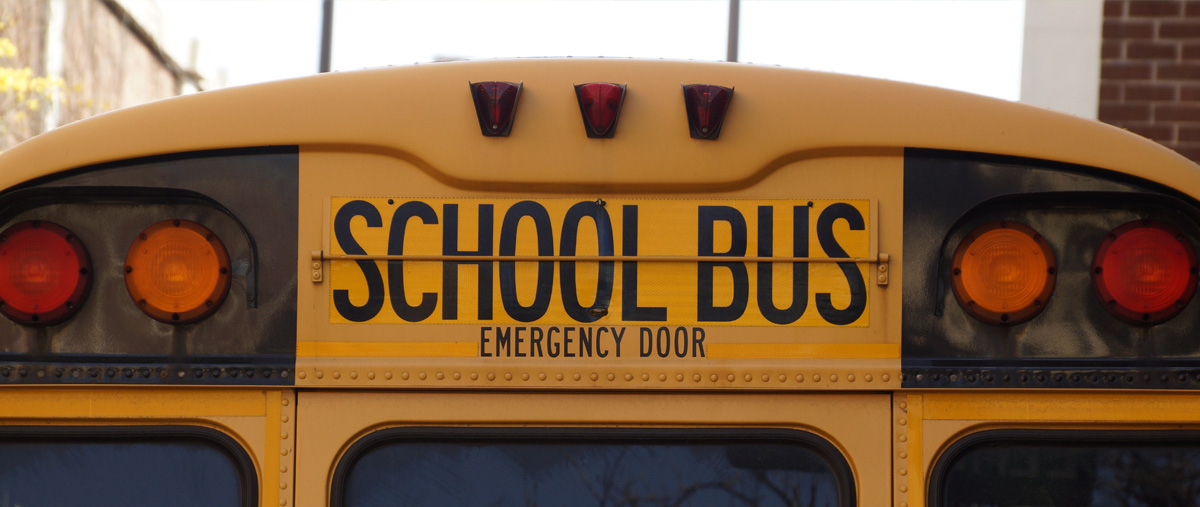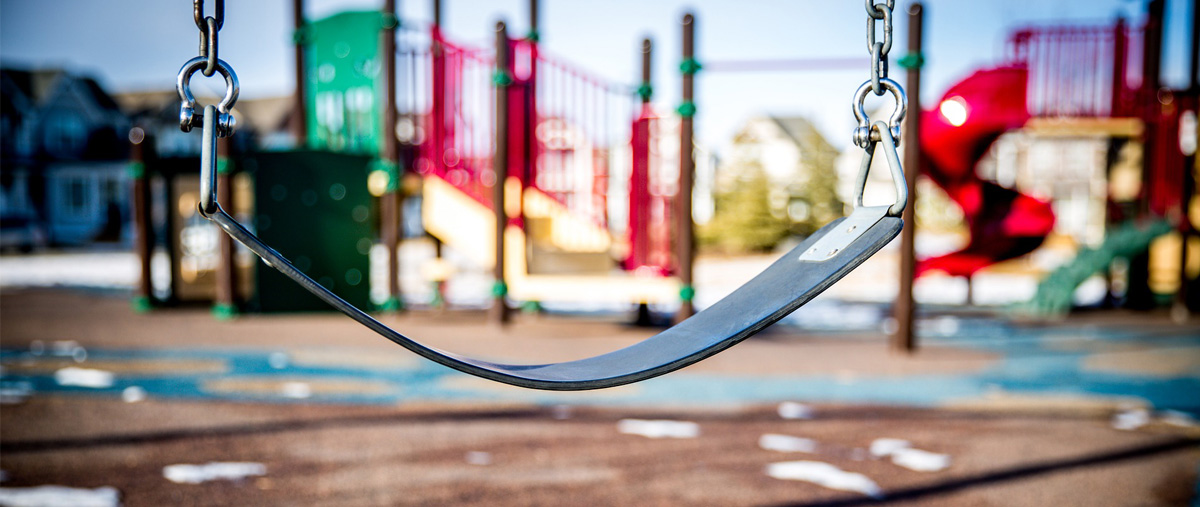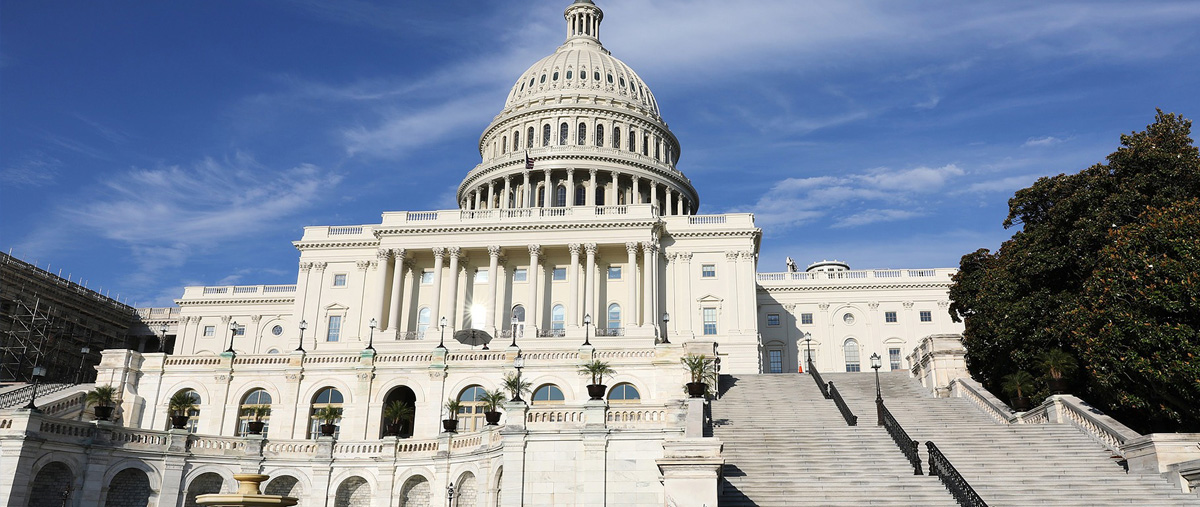We would like to update you on two California school bus safety laws that set compliance deadlines for schools. AB 1798 requires that all school buses in use in California be equipped with a passenger restraint system by July 1, 2035. AB 1840 extends a deadline for installing child safety alert systems-- devices located at the interior rear of a vehicle that require the driver to inspect the bus for any remaining pupils before exiting.
Seat belts have been mandated on all newly purchased school buses in California since 2005. The new measure requires all school buses in use by the 2035-2036 fiscal year to be equipped with legally-compliant passenger restraint systems.
In recent years, both the National Highway Transportation Safety Administration (NHTSA) and The National Transportation Safety Board (NTSB) have recognized that, while school bus seats are excellent at protecting pupils in front-impact crashes, they are less effective in side-impact or rollover accidents. Therefore, both agencies now recommend that children have three-point seatbelts on school buses.
CALIFORNIA SCHOOLS
TRENDING TOPICS











